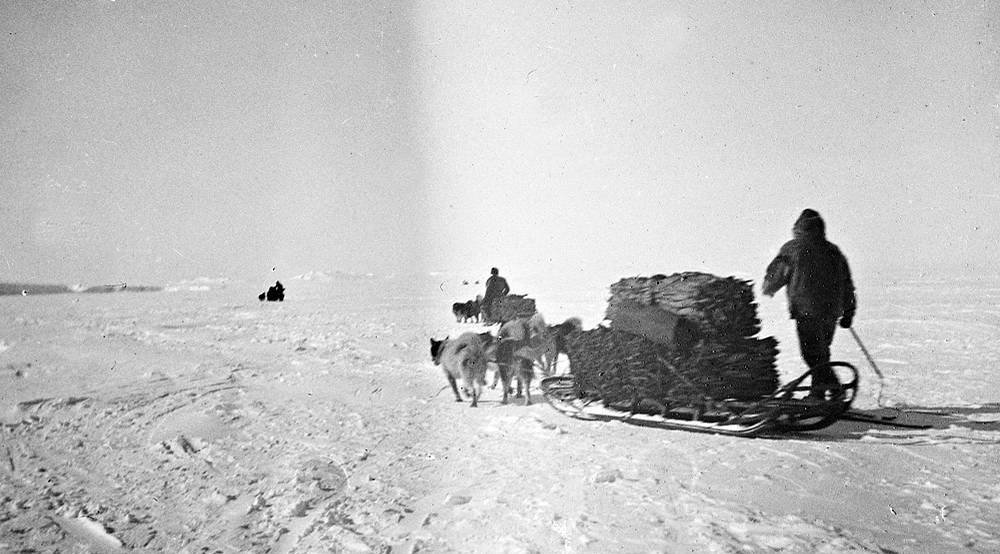In Search of a Sustainable Pace
The Manifesto for Agile Software Development was published in 2001. It consists of four values and twelve principles. One of the principles states that “Agile processes promote sustainable development. The sponsors, developers, and users should be able to maintain a constant pace indefinitely.” Not for the duration of a project, a sprint, a workweek or a client assignment, but as long as we are part of the working life. Yet how often do we consider the crunch time and long days at the end of a project, or a particularly busy time of the year, just part of the work? Or just the way things are around here?
What if we would treat that crunch time not as a feature but as a bug? As a sign that something is wrong in the way we plan and execute work. Because as long as it is treated as a feature of the work, there is no reason to do anything about it.
In the book Effortless, Greg McKeown retells the story of a race to the South Pole: In 1911 two teams attempted to be the first ones to reach it. One was lead by Captain Robert Falcon Scott from Great Britain, and the other by Roald Amundsen from Norway. Scott’s approach was to take advantage of the good weather days and drive his team to exhaustion, and move hardly at all on bad weather days, cursing the weather and complaining in his journal. Amundsen, on the other hand, insisted on progressing 15 miles towards the destination every single day, no matter what. Some days were more difficult than others, but even when the weather was good, his team stopped after having reached their daily goal. Even when it would have been easy to push further. Even when reaching the South Pole would have required just a few extra miles for the day.
Insisting on steady pace and plenty of rest also saw Amundsen’s team return home safely, “without particular effort,” whereas Scott’s team ended up so exhausted and demoralized that they all froze to death on the way back.
The Amundsen Expedition
When the training regime of Olympic-level athletes was studied, the researchers found that of all the training hours, 88.7 % were light intensity and only 4.8 % were high intensity. The takeaway is to exert only so much effort that you are capable of recovering from it for the next day. Being intentional about slow but steady progress ensures that the going will be smooth, and as demonstrated by Amundsen and his team, in the long run smooth is also fast.
The same principle is evident in lean production, where a common starting point is to control and reduce demand variability. This creates conditions for smooth, high-performing processes with little wasted effort, energy and resources.
Now the question is, what would you need to change in your own work to create conditions for making smooth and steady progress? McKeown suggests that we should define not just a lower bound for our daily work (e.g. the to-do list for the day), but also the upper bound (sticking to that list and making it easy enough that we can succeed in finishing it off). And when we have reached that upper bound, we should take cue from Amundsen and do something to rest, recover and reflect. Rinse and repeat. Day after day.
In my mind this approach also shifts the focus away from pursuing efficiency. In knowledge work there is always more work to be done than can be done. As said by Oliver Burkeman, author of Four Thousand Weeks: Time Management for Mortals, “efficiency leads to us feeling busier and busier about less important things.” Efficiency is a never-ending quest. Getting more done faster will not exhaust the amount of work there is to be done. New demands, tasks, projects and ideas will fill that void. Eventually the pursuit of efficiency becomes a trap that will leave you exhausted and demoralised. There is always more you could have done. The first step in escaping the trap is to recognise that it exists.
I for one aim to experiment setting upper and lower bounds during the next 2-3 months. This means looking at different demands, seeing how they could be managed to avoid crunch time (i.e. controlling demand variability to the extent that is possible), and planning my workdays so that they can be recovered from.
I wish you all a wonderful, sustainable and smooth autumn!
